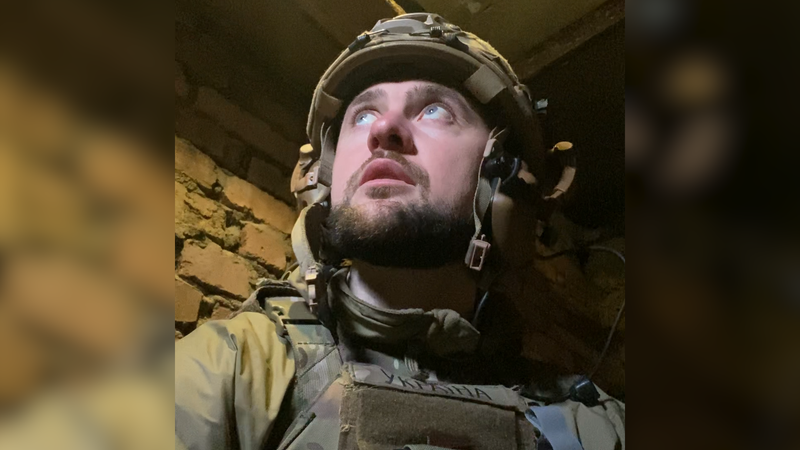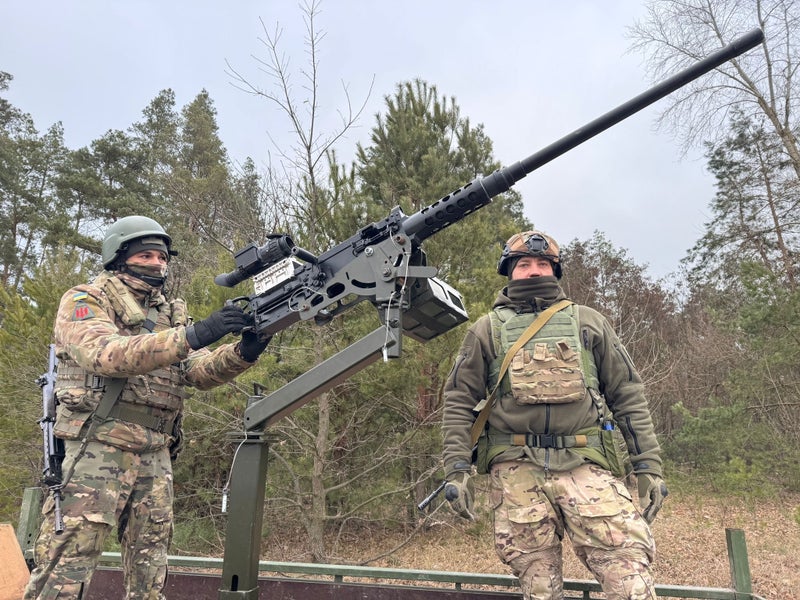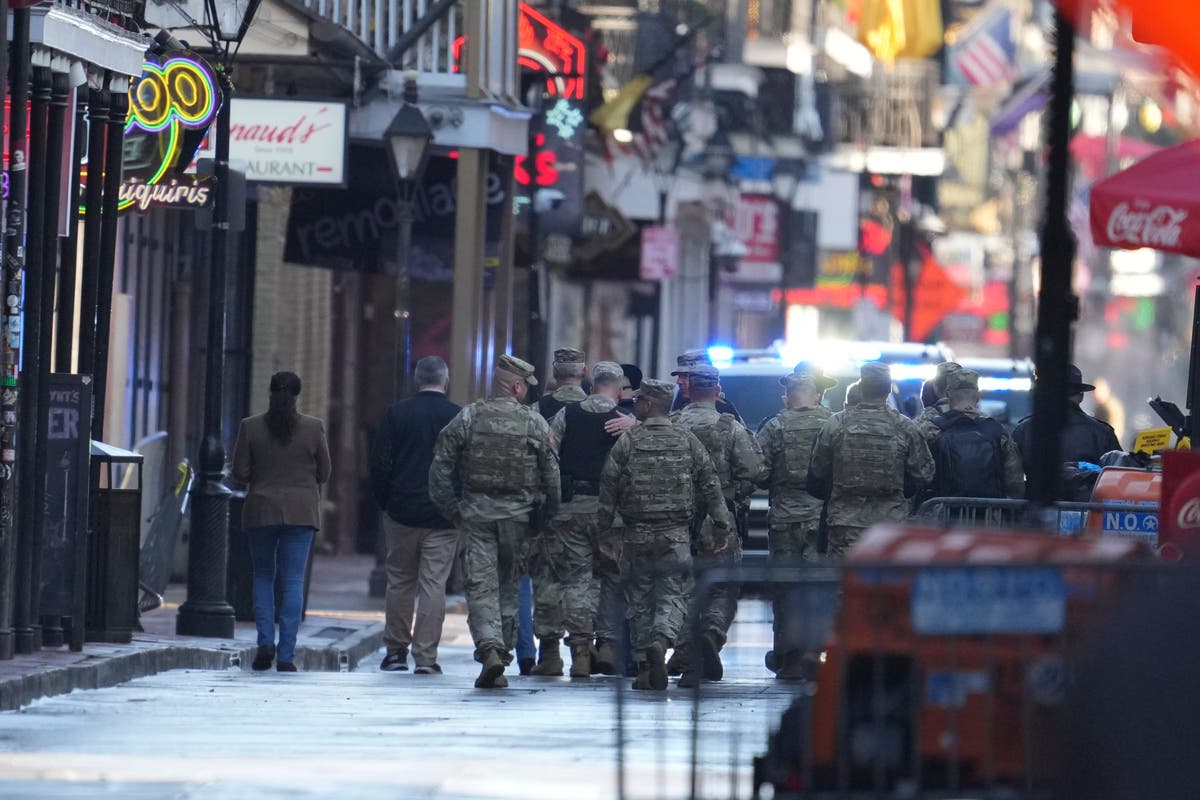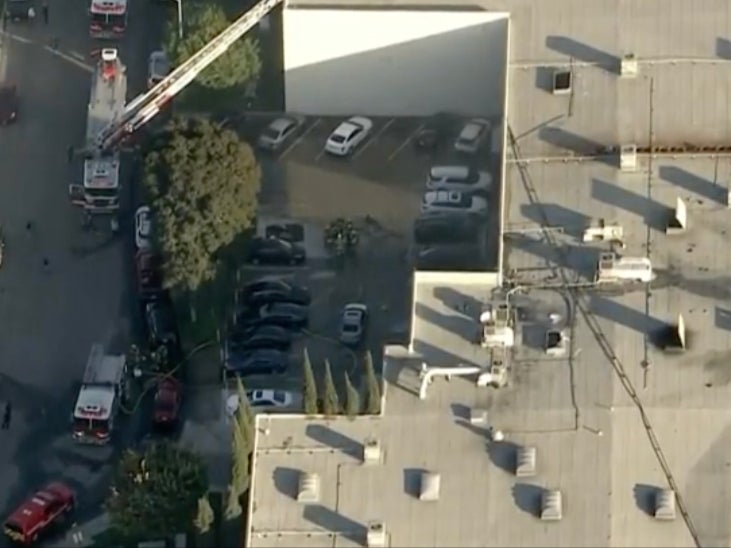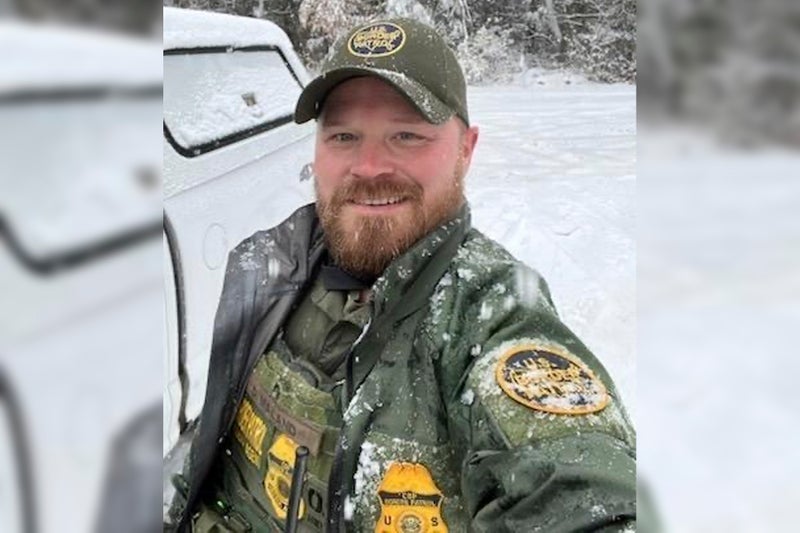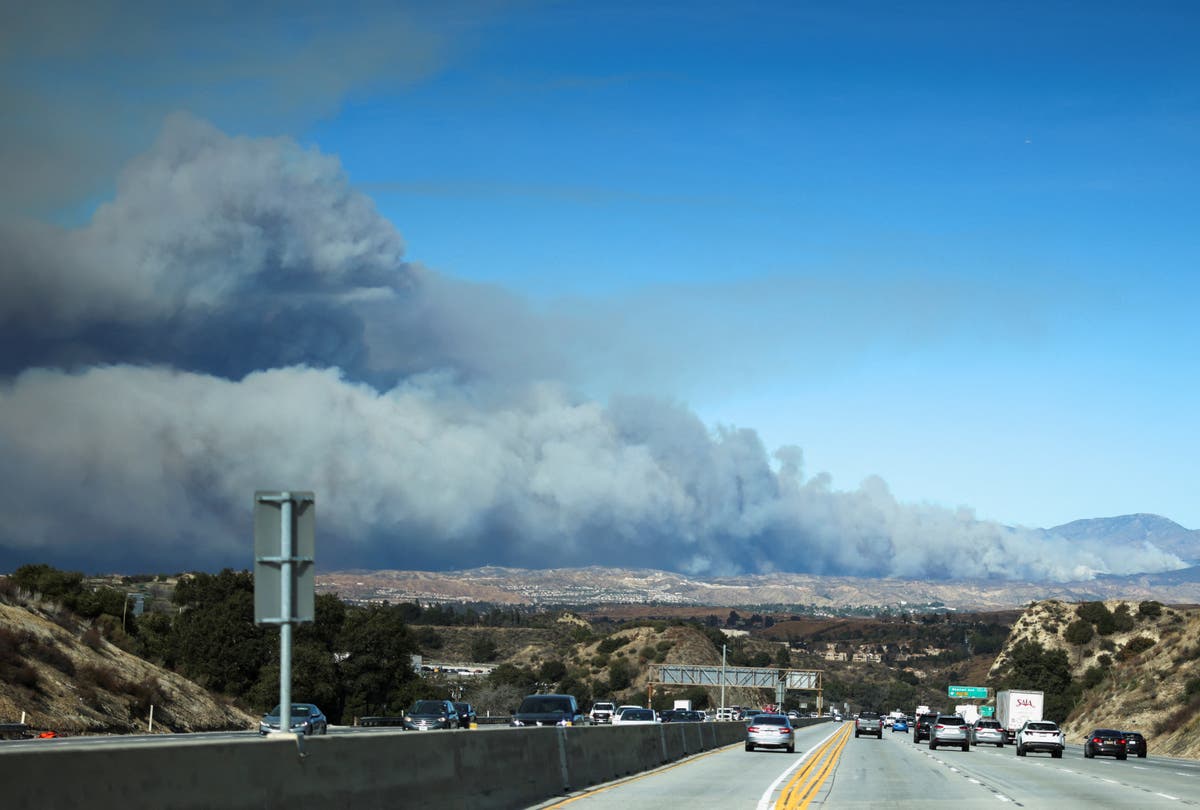Ukraine’s leading rapper is now leading drone warfare against Russia
Ukraine’s leading rapper is now leading drone warfare against Russia
Share:
Ukraine’s $1.3 billion drone war is now being led by a rap artist who has been fighting on the front line – and in his music - since the start of the war, Sam Kiley reports. Oleksandr Yarmak has not the slightest sympathy for Russians. At 33, he is head of research and development in Ukraine’s drone warfare, devising ever more creative ways to make the most of the lethal technology. His troops watch their Russian counterparts on Ukrainian military feeds bowing, waving, curling up in terror, and sometimes just standing still, in the final seconds before a drone hits them.
![[The ‘Vampire’ can fly almost silently at night and find its victims in total darkness, using thermal imagery]](https://static.independent.co.uk/2025/02/07/18/04/Ukraine-drone-being-deployed.jpeg)
Ukraine is locked in the Western world’s first 21st century war where tiny aircraft dominate the battlefield and hunt individual soldiers. These are chased down by pilots from Unmanned System Force (USF) who hide in bunkers. Pilots wearing First Person View (FPV) headsets say the drone’s-eye perspective can reveal the very look on a soldier’s face in the moment of his death. Drone pilots kill by crashing the drone into his body and blowing it apart.
![[Yarmak began his military career in 2022 and performs in Ukraine, using his military experience as content for his songs]](https://static.independent.co.uk/2025/02/07/18/GettyImages-2165066379.jpg)
Small wonder Russian troops call these night-time Ukrainian drones “Baba Yaga”. Generations of children have been terrified by the tales of the legendary witch who flies in a basket paddled by broom sticks and bakes babies alive. Now Baba Yaga brings death by dropping bombs from a flying basket made of carbon fibre and whizzing plastic. A prototype drone sits in the corner of an office where Yarmak and I meet. It can fly almost silently at night and find its victims in total darkness, using thermal imagery. It carries at least four bombs.
![[Ukraine now relies heavily on drones. Ammunition for artillery is in short supply, as are long-range rockets - so the country has adapted. Pictured: A Shark reconnaissance drone]](https://static.independent.co.uk/2025/02/06/14/57/A-serviceman-of-the-Armed-Forces-of-Ukraine-carries-a-Shark-reconnaissance-drone-near-the-town-of-Po.jpeg)
Its Ukrainian name is “Vampire”. Yarmak began his military career in 2022, signing up when Russia launched its full-scale invasion. Soon, like many others, he found small commercial drones could be adapted to drop grenades and mortar bombs on Russian troops. He progressed to command a front-line drone unit and his recent drone targets are recorded on video. In one of his best known singles Babylon, he sings:.
![[Ukraine has hit targets in Moscow and other areas deep inside Russia using long-range drones that have evaded air defences and attacks airfields and refineries. Pictured: A Shark reconnaissance drone]](https://static.independent.co.uk/2025/02/06/14/04/A-serviceman-of-the-Armed-Forces-of-Ukraine-launches-a-Shark-reconnaissance-drone-near-the-town-of-P.jpeg)
“Those who rejoice in launching a Shahed [Russian UAV] into a child’s room. [are] A mistake of creation, an unfinished code. Having been given a body [born] into a world of music and theatre. They pull the Soviet oar. Half a world from home, brutalised from birth, thirsty for blood, just pure evil.”. Ukraine now relies heavily on drones. Ammunition for artillery is in short supply, as are long-range rockets - so the country has adapted. Yarmak says 80 per cent of enemy casualties are caused by drones.
![[The Ukrainian Armed Forces UAF developed Baba Yaga from an agricultural drone once used for spraying fields]](https://static.independent.co.uk/2025/02/07/18/27/Ukrainian-soldier-deploying-drone.jpeg)
His Ukrainian Armed Forces UAF developed Baba Yaga from an agricultural drone once used for spraying fields. He’s now developing land-based drones and hints at sophisticated new weapons to be unveiled later this year. The annual budget for his new force is reported to be around $1.3 billion. But the drone battle cuts both ways, with Russia’s accuracy causing devastation on the Ukrainian side. Vitaly runs a makeshift battlefield medical centre dealing with grievously wounded soldiers on Ukraine’s front line. He grabs his head with both hands as if struck by a migraine.
“Drones? Ask a wounded soldier what they are. You will see the silent horror in his eyes. They are such a plague that no one can move on the front line,” says the anaesthetist in charge of the “stabilisation unit”. Vitali guesses that 98 per cent of the wounded he’s treated have been hit by Russian drones. On average his unit sees about 20 soldiers a day who are brought, mostly at nightfall, from the battlefield a few miles away.
“I haven’t seen a bullet wound in months,” he says - most of the wounded have been torn by shrapnel from drones. In Ukraine, the commander of the newly formed 414 Strike Drone Battalion, Yevhen Karas, works closely with Yarmak in developing and testing new technologies. Ukraine has hit targets in Moscow and other areas deep inside Russia using long-range drones that have evaded air defences and attacks airfields and refineries.
Karas says: “We have the best systems of deep strike drones. We can fly hundreds of kilometres and make big problems for Russian military bases, air bases and… I think 2025 will be the year of very big development of the land systems of drones.”. He hints that battlefield evacuations by unmanned stretcher-machines could save lives and that more lethal developments would be “huge”. In the “meat grinder” conflict on Ukraine’s eastern front, Russia has been making small gains at an enormous cost. Several frontline officers, including Karas, all describe how Russian tactics have changed with the swarming of the skies.
Ukrainian soldiers no longer appear to face mass armoured attacks with tanks and artillery because the heavy equipment is so vulnerable to drone attacks. Instead, reconnaissance drone video recordings show small groups of Russian infantry trying to sneak forward. “They come up a road, say three of these [Russian] losers. One gets killed, two go. They sit in a trench. Then another three, next day. Two more killed, one gets to the trenches. When they have five or six men they start to attack and move forward like that,” explains Karas.
